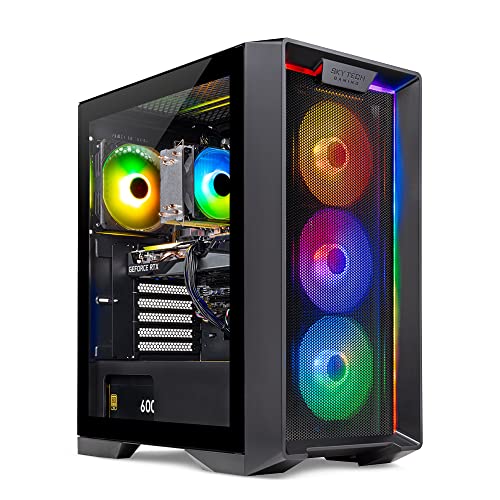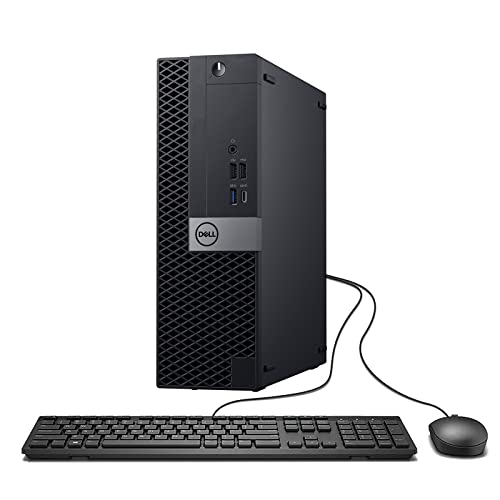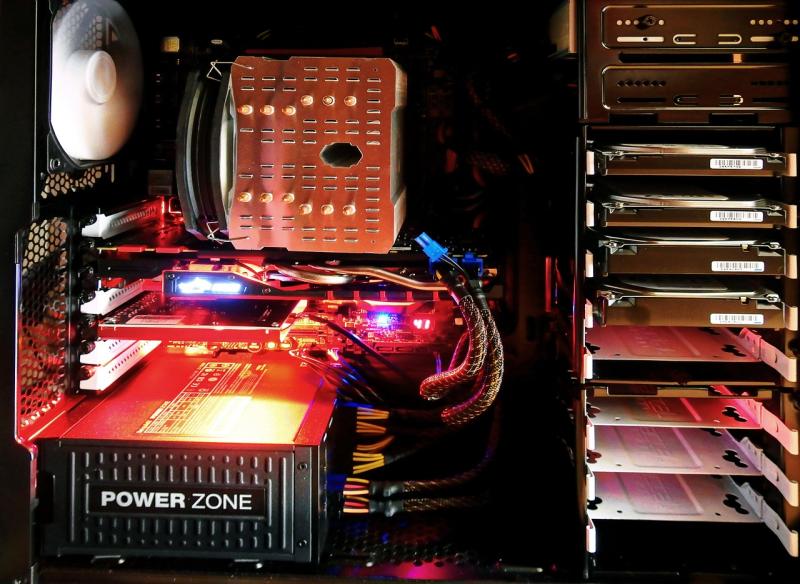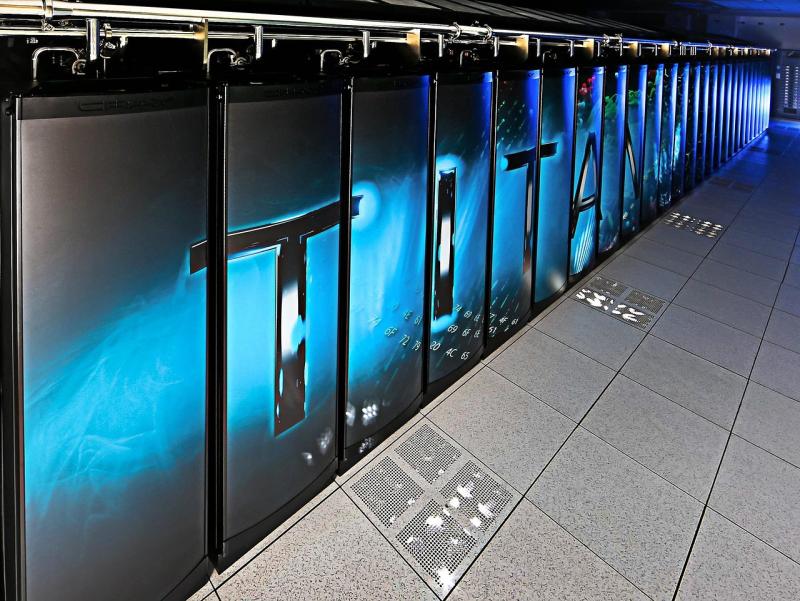A dual boot system allows you to run multiple operating systems on a single PC, optimizing your system for diverse applications. This approach is beneficial for developers, gamers, and professionals who require both performance and flexibility.
Partition your drive to allocate dedicated space for each operating system. Install the primary OS first, then set up the secondary OS using the bootloader configuration to enable seamless selection during startup. Use disk imaging and backup tools to safeguard data before making any changes. Optimize partition settings to ensure that each OS has the resources it needs for high performance.
Setting up a dual boot system involves careful planning and proper partitioning to manage multiple operating systems effectively. With the right configuration and backup strategies, you can enjoy the best features of each platform on a single high‑performance PC.
Building a High-Performance Dual Boot System
Maximize system versatility and leverage the strengths of multiple operating systems on one PC. Whether you’re a developer, gamer, or creative professional, this comprehensive guide covers every step—from planning and partitioning to bootloader configuration, performance tuning, and ongoing management.
Introduction
A dual boot system lets you run multiple operating systems on a single PC, combining raw performance with unparalleled flexibility. Developers can compile code on Linux then switch to Windows for IDE-specific tools. Gamers enjoy Windows-only titles without sacrificing a native Linux environment, and professionals test software across diverse platforms. Each OS runs natively on hardware, avoiding virtualization overhead and ensuring smooth graphics, low-latency audio, and consistent data throughput.
1. Benefits of a Dual Boot System
- System Versatility: Switch between Windows, Linux, macOS (Hackintosh), or specialized OSes without virtual machines.
- Native Performance: Full access to CPU, GPU, and storage hardware—no hypervisor overhead.
- Resource Isolation: Dedicated partitions and file systems prevent conflicts and ensure stability.
- Development & Testing: Validate code in multiple environments and debug across platforms.
- Gaming & Multimedia: Reboot into Windows for gaming, then into Linux for content creation workflows.
2. Pre-Setup Considerations
Before beginning, map out your dual boot environment:
- Hardware Compatibility: Verify drivers for CPU, GPU, network adapters, and peripherals in each OS.
- Firmware Mode: Choose UEFI (recommended) or Legacy BIOS—UEFI supports secure boot and GPT.
- Disk Capacity: Estimate space for each OS, applications, swap/page files, and shared data.
- File Systems: NTFS for Windows, ext4/Btrfs for Linux, APFS for macOS; exFAT or FAT32 for shared partitions.
- Backup Strategy: Plan full disk images and incremental snapshots using Macrium Reflect, Clonezilla, or Timeshift.
3. Preparing Your Hardware & Software
- Download the latest ISO images for each OS and verify checksums.
- Create bootable USB installers with Rufus, balenaEtcher, or Ventoy (multi-ISO support).
- Update motherboard firmware (UEFI/BIOS) and storage controller drivers.
- Enable virtualization features (VT-x/AMD-V) if you plan to run VMs alongside your dual boot.
- Gather necessary drivers, utilities, and rescue media on a separate USB drive.
4. Partitioning Your Drive for Multiple Operating Systems
| Partition | Size | File System | Purpose |
|---|---|---|---|
| EFI System | 300–512 MB | FAT32 | UEFI bootloaders and firmware updates |
| Windows System (C:) | 50–100 GB+ | NTFS | Windows OS and applications |
| Linux Root (/) | 30–50 GB+ | ext4/Btrfs | Linux kernel and packages |
| Linux Swap | 4–16 GB | swap | Hibernation and memory overflow |
| Shared Data | As needed | exFAT/NTFS | Cross-platform file sharing |
| macOS System (optional) | 60 GB+ | APFS | Hackintosh or macOS installations |
Use GParted or Windows Disk Management to shrink existing volumes, create partitions in the order above, and align on 1 MiB boundaries for optimal SSD/HDD performance.
5. Installing the Primary OS
- Boot from the primary OS USB installer in UEFI or Legacy mode.
- Select the designated partition (NTFS for Windows) and install.
- Create recovery media and set a restore point immediately.
- Install essential drivers: chipset, GPU, storage, and network.
- Disable Fast Startup and hibernation to prevent cross-OS lockouts.
6. Installing the Secondary OS
- Boot into the secondary OS installer (Linux or macOS) using separate media.
- Choose manual partitioning and select the pre-created root and swap partitions.
- Mount the EFI System Partition at
/boot/efi(UEFI mode). - Complete installation without overwriting the primary bootloader partition.
- Reboot and verify both OS entries appear in the firmware’s boot menu.
7. Bootloader Configuration and Customization
7.1 GRUB (Linux)
- Install GRUB to the EFI System Partition for UEFI systems.
- Run
sudo update-grubto detect Windows installations. - Edit
/etc/default/grubto set timeout, default OS, and menu appearance. - Regenerate the config:
sudo grub-mkconfig -o /boot/grub/grub.cfg.
7.2 Windows Boot Manager
- Use
bcdeditto add custom Linux entries or chainload GRUB. - EasyBCD (GUI) simplifies dual boot menu management on Windows.
7.3 rEFInd
- Auto-detects OS bundles and icons for a polished UEFI boot menu.
- Configure
refind.conffor custom kernels and themes.
8. Disk Imaging, Backups & OS Management
- Create full-disk images of each OS partition after a stable setup with Clonezilla or Macrium Reflect.
- Use Timeshift or Btrfs snapshots on Linux; Windows Volume Shadow Copy on Windows.
- Automate nightly or weekly backups to external drives or NAS devices.
- Maintain a versioned changelog of partitioning, bootloader edits, and performance tweaks.
9. Performance Tuning for High-Performance Dual Boot
- Filesystem Optimizations: NTFS: Enable 4 KiB cluster size, disable 8.3 filenames, enable TRIM. ext4/Btrfs: Mount with
noatime, use compression (Btrfs), defragment occasionally. - Storage Configuration: RAID 0/1/10 for speed or redundancy; NVMe SSDs on dedicated PCIe lanes for each OS.
- Memory & Swap: Adjust
vm.swappinesson Linux; set a fixed page file size on Windows for stability. - Drivers: Keep chipset, GPU, and storage drivers updated in both OSes for hardware acceleration.
10. Troubleshooting Common Pitfalls
- Missing Boot Entries: Reinstall or repair GRUB from a live USB.
- Bootloader Overwritten: Use Windows recovery media or Linux
boot-repairtool. - Filesystem Corruption: Run
chkdskon Windows orfsckon Linux partitions. - UEFI vs Legacy Mismatch: Ensure both installers use the same firmware mode.
- Driver Conflicts: Search vendor forums for dual-boot-friendly driver versions.
11. Advanced Tips & Best Practices
- Hybrid Virtualization: Combine dual boot with Proxmox or ESXi to spin up quick test instances.
- Encrypted Partitions: Use BitLocker on Windows and LUKS on Linux for data security.
- Centralized Boot Management: PXE-boot and manage OS images across your LAN.
- Automated Provisioning: Use Ansible or PowerShell DSC to configure software stacks post-install.
- WSL Combination: Leverage Windows Subsystem for Linux when a full reboot isn’t necessary.
12. Conclusion & Next Steps
A high-performance dual boot system empowers you with unmatched OS management and system versatility. By meticulously planning partitions, installing each OS in turn, configuring a robust bootloader, and implementing rigorous backup and tuning practices, you’ll enjoy peak performance and rock-solid reliability. Embrace disk imaging for disaster recovery, enhance security with encryption, and explore hybrid virtualization for the ultimate flexible computing environment.
Ready to build your ultimate multi-OS PC? Explore our online store’s selection of SSDs, NVMe drives, UEFI-compatible motherboards, and dual-boot-ready Desktop Computer All in one—everything you need for a flawless dual boot setup.







